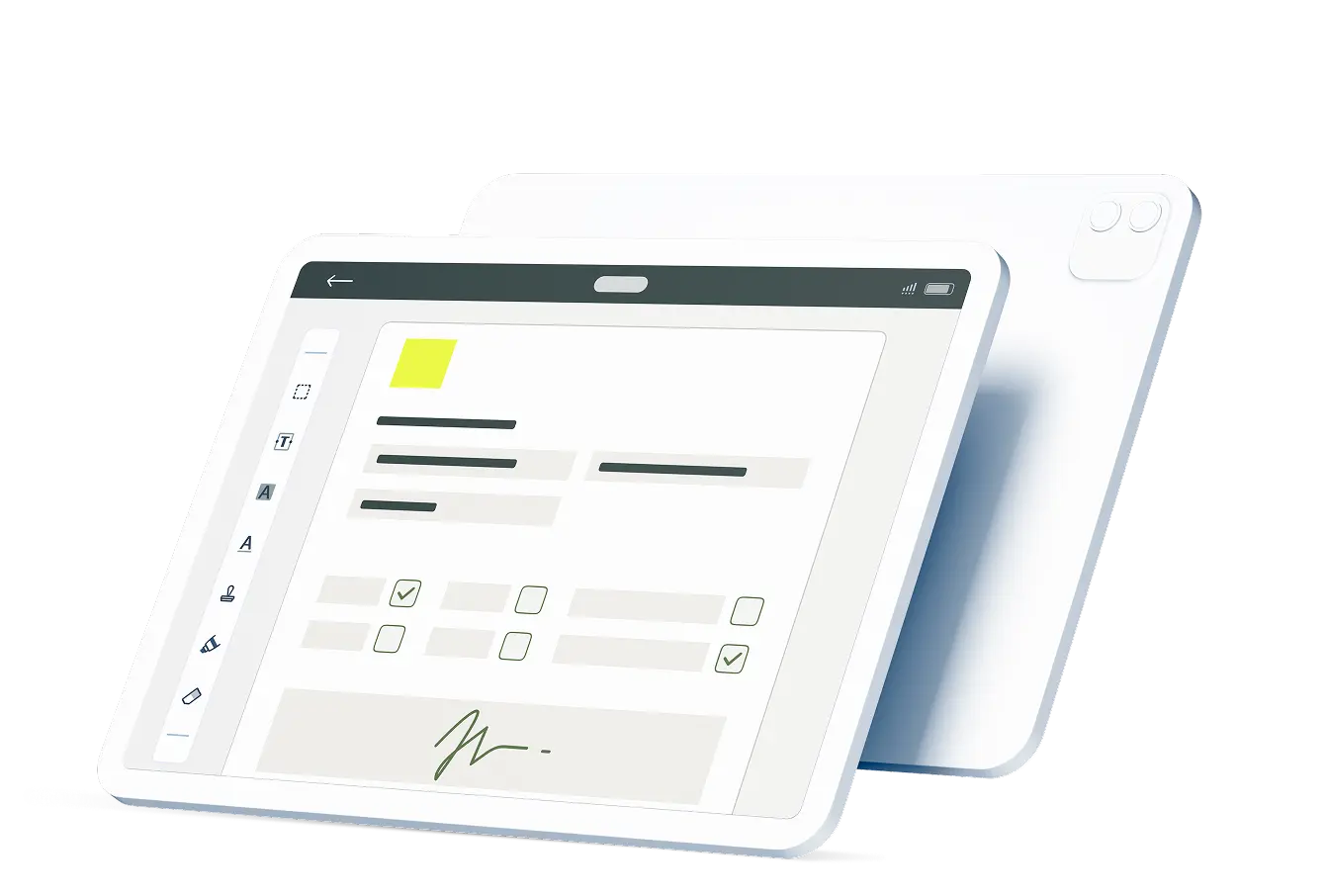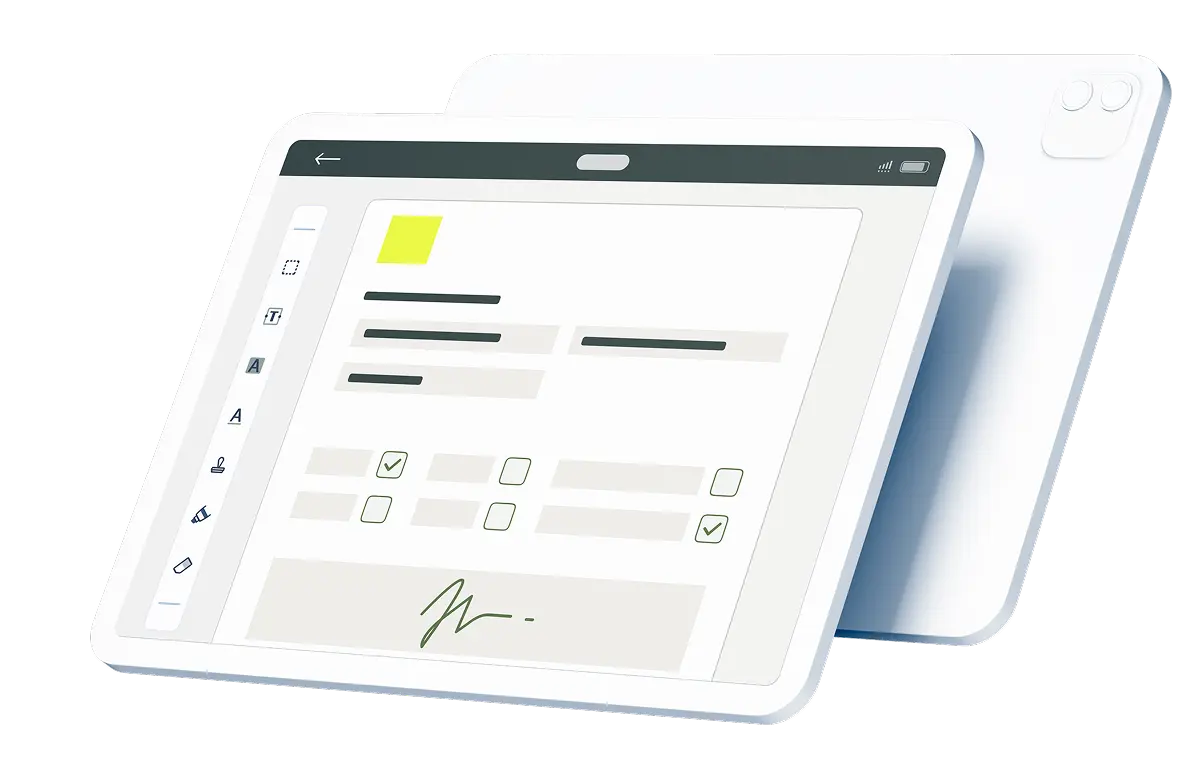Bills of lading are legally binding documents that shippers issue to carriers. In addition to providing proof of shipment, a bill of lading also serves as a document of title, receipt and contract. Learn more about different types of bills and find out how to build, fill out and use digital bills of lading.
Contents:
- What Is a Bill of Lading?
- What Are Basic Bill of Lading Instructions?
- What Are the Uses of a Bill of Lading Template PDF?
- Can You Customize a Bill of Lading Form PDF?
- What Are the Sections on a Bill of Lading Example?
- What Are the Benefits of a Digital Bill of Lading?
- How Can Fluix Streamline the Bill of Lading Process?
What Is a Bill of Lading?
A bill of lading is a form for shipping cargo or merchandise. These bills are used for carriage by sea and international trade as well as a wide range of domestic or inland modes of conveyance. Order bills of lading are commonly used to ship goods in advance of payment. In addition to air, sea and other bills of lading for different modes of transportation, bills of lading also indicate the condition of cargo.
A clean bill of lading indicates full contract compliance without discrepancies between the shipper’s description of the condition of cargo and the actual status of goods. A claused, dirty or foul bill of lading indicates damage or loss. Importers can refuse shipments with claused bills.
What Are Basic Bill of Lading Instructions?
Shippers should enter accurate information into the fields on a bill of lading. The legally binding nature of these documents makes accuracy imperative in the following sections:
- Use the Right BoL: Shippers use different types of bills of lading for domestic or inland and ocean or international shipping. House, master or order bills of lading should specify which parties issue, receive and pay for shipments.
- Provide Accurate Cargo Data: Specify purchase order or shipment reference numbers along with the date of shipment. A bill should also include any applicable freight classifications, hazardous materials designations or Incoterms.
- Describe the Packaging Type: Note the type of packaging on a bill of lading. Common packaging materials include crates, cartons, drums, intermodal containers and pallets.
- Indicate Responsibility for Payment: A bill of lading should clearly indicate cash on delivery or other payment requirements. These requirements vary for straight or open bills of lading.
- Get the BoL Signed: Signatures can notate the movement of a shipment and indicate consignment or receipt. A bill of lading should include sufficient signature fields for the shipment method.
Any errors on a bill of lading can have legal and financial consequences. It is important to fill out bills clearly and accurately. The most efficient way to build, modify and complete bills of lading is to save these forms in portable document format.
What Are the Uses of a Bill of Lading Template PDF?
A bill of lading PDF is easy for authorized users to access, open and fill out. Fluix supports the distribution of bills of lading and other PDF files. By starting with a bill of lading template, PDF files can be easy to customize and complete.
A shipper can build bills of lading for any transportation method as well as straight or open bills of lading for any payment method. A straight bill is used when payment is made in advance of shipping and can limit the responsibility of the carrier.
An open bill of lading is a negotiable document. The signature of the consignee can transfer title one or more times. A shipper can also create PDF forms for bearer and switch bills of lading.
Can You Customize a Bill of Lading Form PDF?
Shippers often need to alter or edit various parts of bills of lading. An administrator can grant PDF editing capabilities to authorized users. In addition to the permissions embedded in PDF files, Fluix offers enterprises even more control over permissions.
Because bills of lading are legally binding, all changes should be in accordance with relevant regulations. Every bill of lading should correspond to the mode of conveyance and include shipment information.
The type of bill of lading PDF determines which fields appear on a form. Shippers may need to use a specific template or edit the freight and payment fields on a bill of lading. Authorized users can modify the sections in a digital bill of lading more easily than a paper bill.
What Are the Sections on a Bill of Lading Example?
Bills of lading usually contain several standard sections. The other fields on a BoL form PDF can vary based on the method of shipping and the type of bill. Most bills contain the following sections:
- Contact: A bill of lading usually includes the names and addresses of the shipper, carrier and consignee. Some forms only account for specific stages in the shipping process.
- Order: Clearly indicate the items in a purchase order on a bill of lading. This document should include cargo types, quantities and unit measurements.
- Shipping: Many bills of lading include carrier contact information and freight charge terms. Based on the type of bill, shipping information can include the shipper, freight carrier, delivery company or consignee.
- Instructions: Shippers can include special instructions for handling cargo in a bill of lading. Freight carriers and delivery companies could have different requirements.
- Signatures: Some bills of lading require signatures to notate transfers during shipping. An open bill is negotiable and the signature of a consignee can transfer title.
A carrier or consignee should not receive an incomplete bill of lading. The form filling software by Fluix can check forms for completeness prior to submission. A digital workflow automation solution can also generate calculations and append relevant documentation.
What Are the Benefits of a Digital Bill of Lading?
Filling out and transmitting digital bills of lading is faster and more secure than using paper bills. The form building capabilities of Fluix and the availability of templates can help shippers generate and modify suitable bills of lading.
Digital bills of lading can be quickly and securely transmitted, whereas paper bills must be sent by courier. Electronic bills can also generate audit trails by requiring authorized agents or consignees to provide e-signatures or enter secure PINs.
The International Group of Protection and Indemnity Clubs recommends the use of electronic bills of lading. These non-governmental and non-profit associations of ship owners, operators and charterers assess risk to provide marine insurance. Digital bills lower the risk of forgery and speed up the shipment and release of goods.
How Can Fluix Streamline the Bill of Lading Process?
Fluix is a marine fleet management platform that facilitates the distribution, completion and approval of forms. This solution empowers shippers to customize documentation and ensure that bills of lading accompany cargo or merchandise.
Fluix has the resources shippers need to use digital bills of lading as internal controls and legal documents. Request a free trial to find out how Fluix streamlines inland and international shipping.

